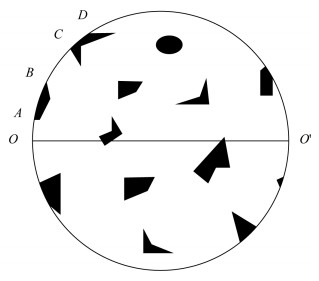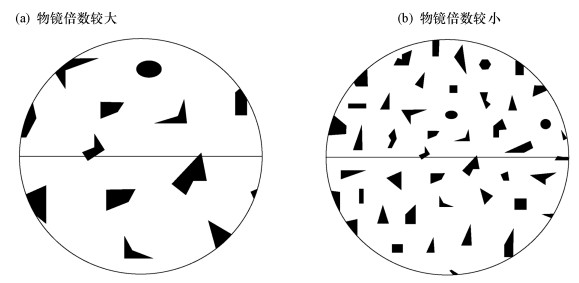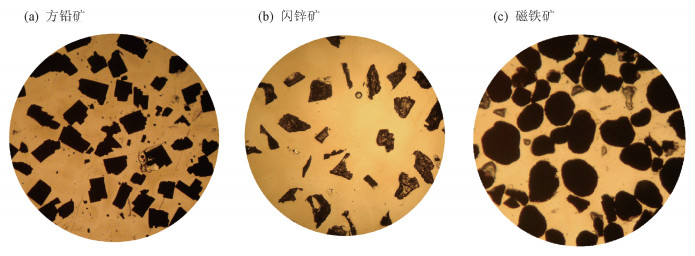| [1] |
Baum W.Ore characterization, process mineralogy and lab automation a roadmap for future mining[J].Minerals Engineering, 2014, 60:69-73. doi: 10.1016/j.mineng.2013.11.008
CrossRef Google Scholar
|
| [2] |
Lotter N O, Kormos L J, Oliveira J, et al.Modern process mineralogy:Two case studies[J].Minerals Engineering, 2011, 24:638-650. doi: 10.1016/j.mineng.2011.02.017
CrossRef Google Scholar
|
| [3] |
黄凌云, 杨波, 童雄.贵州某铅锌尾矿工艺矿物学研究[J].昆明理工大学学报(自然科学版), 2017, 42(4):25-37.
Google Scholar
Huang L Y, Yang B, Tong X.Process mineralogy of lead-zinc tailings in Guizhou Province[J].Journal of Kunming University of Science and Technology (Natural Science Edition), 2017, 42(4):25-37.
Google Scholar
|
| [4] |
蒋先强, 熊文良, 曾令熙.国外某铁尾矿中稀土赋存状态研究[J].稀土, 2016, 37(6):32-38.
Google Scholar
Jiang X Q, Xiong W L, Zeng L X.Study on low grade rare earth occurrences in a foreign iron tailings[J].Chinese Rare Earths, 2016, 37(6):32-38.
Google Scholar
|
| [5] |
Zheng X, Yan L, Shuang L, et al.The characteristics study of sphalerite tailings by using MLA[J].Procedia Engineering, 2015, 102:278-286. doi: 10.1016/j.proeng.2015.01.144
CrossRef Google Scholar
|
| [6] |
杜谷, 王坤阳, 冉敬, 等.红外光谱/扫描电镜等现代大型仪器岩石矿物鉴定技术及其应用[J].岩矿测试, 2014, 33(9):625-632.
Google Scholar
Du G, Wang K Y, Ran J, et al.Application of IR/SEM and other modern instruments for mineral identification[J].Rock and Mineral Analysis, 2014, 33(9):625-632.
Google Scholar
|
| [7] |
Dirk S. Method Development in Automated Mineralogy[D]. Freiberg: TU Bergakademie, 2015.Method Development in Automated Mineralogy
Google Scholar
|
| [8] |
Lotter N O.Modern process mineralogy:An integrated multi-disciplined approach to flowsheeting[J].Minerals Engineering, 2011, 24:1229-1237. doi: 10.1016/j.mineng.2011.03.004
CrossRef Google Scholar
|
| [9] |
赵海波, 黄俊玮, 马驰, 等.河南某钨钼矿石工艺矿物学研究[J].金属矿山, 2016(9):122-126.
Google Scholar
Zhao H B, Huang J W, Ma C, et al.Process mineralogy research of tungsten-molybdenum ore in Henan[J]. Metal Mine, 2016(9):122-126.
Google Scholar
|
| [10] |
马驰, 王守敬, 海东婧, 等.内蒙古赵井沟钽铌矿工艺矿物学研究[J].矿产保护与利用, 2017(6):75-78.
Google Scholar
Ma C, Wang S J, Hai D J, et al.Process mineralogy of the Zhaojinggou tantalum-niobium ore deposit in Inner Mongolia Province[J].Conservation and Utilization of Mineral Resources, 2017(6):75-78.
Google Scholar
|
| [11] |
周姣花, 汪建宇, 顾茗心, 等.利用X射线衍射和岩矿鉴定等技术研究河南汤家坪钼矿区主要矿物标型特征[J].岩矿测试, 2015, 34(1):82-90.
Google Scholar
Zhou J H, Wang J Y, Gu M X, et al.The main mineral typomorphic characteristics of the Henan Tangjiaping molybdenum district using X-ray diffraction and rock mineral identification technology[J].Rock and Mineral Analysis, 2015, 34(1):82-90.
Google Scholar
|
| [12] |
彭艳华, 彭光菊, 贾利攀, 等.湖南宝山铅锌矿西部矿带银的工艺矿物学研究[J].岩矿测试, 2013, 32(5):729-737.
Google Scholar
Peng Y H, Peng G J, Jia L P, et al.Technological mineralogy research of silver in the lead-zinc ore deposit in West Baoshan, Hunan Province[J].Rock and Mineral Analysis, 2013, 32(5):729-737.
Google Scholar
|
| [13] |
Goodwin P C, Johnson B, Frevert C W.Microscopy, Im-muno-histochemistry, Digital Imaging, and Quantitative Microscopy[M].Elsevier Press, 2018:53-66.
Google Scholar
|
| [14] |
Ueda T, Oki T, Koyanaka S.Stereological correction me-thod based on sectional texture analysis for the liberation distribution of binary particle systems[J].Advanced Powder Technology, 2017, 28:1391-1398. doi: 10.1016/j.apt.2017.03.007
CrossRef Google Scholar
|
| [15] |
Ueda T, Oki T, Koyanaka S.Stereological bias for sph-erical particles with various particle compositions[J].Advanced Powder Technology, 2016, 27:1828-1838. doi: 10.1016/j.apt.2016.06.016
CrossRef Google Scholar
|
| [16] |
de Souza D S, da Silva Assis W L, Rios P R, et al.Ste-reological analysis of the microstructure of pure iron with random nucleation[J].Journal of Materials Research and Technology, 2014, 3(4):349-353. doi: 10.1016/j.jmrt.2014.08.002
CrossRef Google Scholar
|







 DownLoad:
DownLoad:


